Kana
You might find works of Svetlana Kana Radević (1937-2000) at the collateral event at the XVII Biennale Architettura, organised by the APSS Institute. The exhibition showcase some of Kana’s best works, among them being the anti-fascist memorials, hotels, residential projects, and civic buildings.
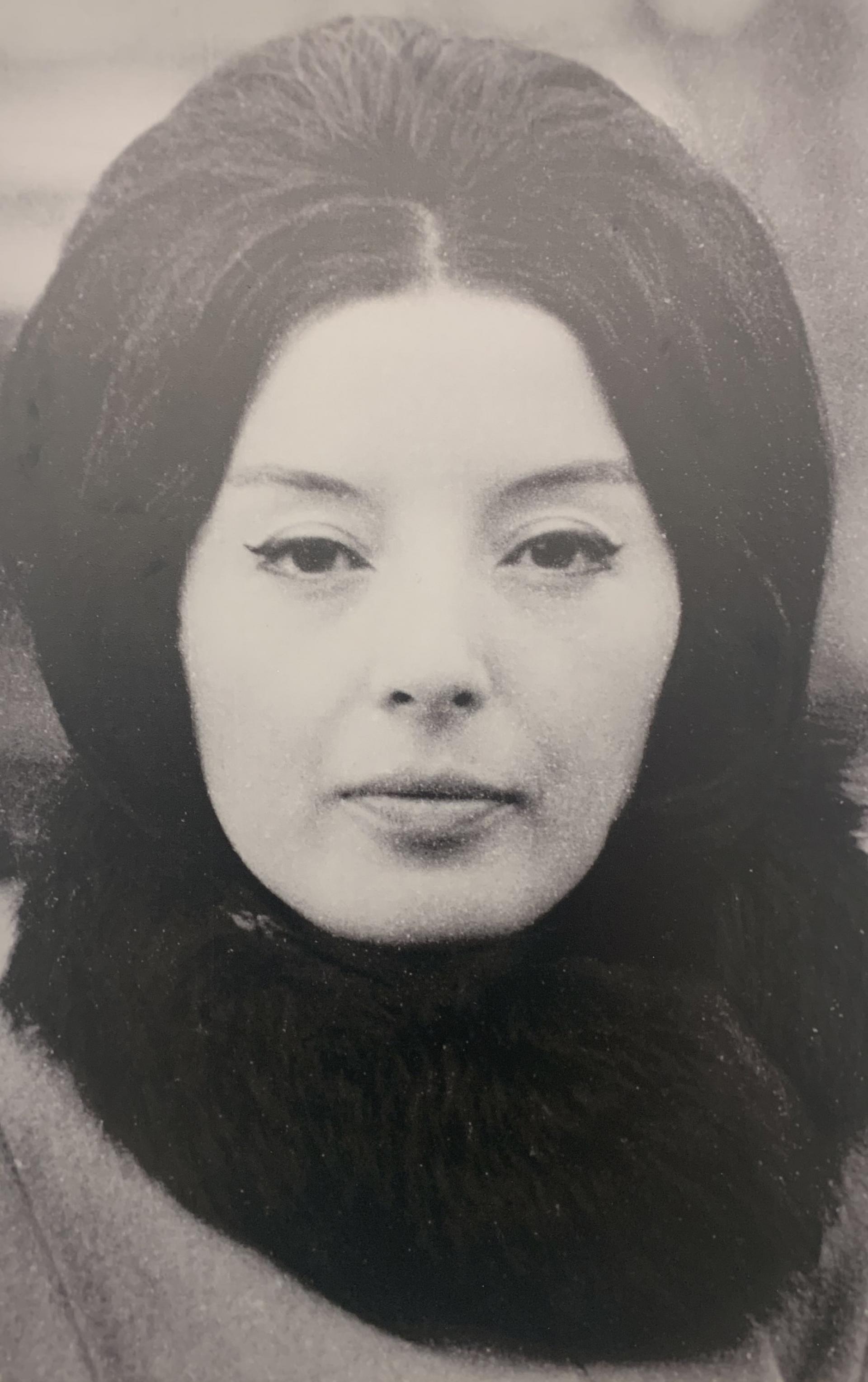
We encounter an architect who mediated between geopolitical and societal registers: regionally, negotiating between vernacular building tradition and the globalising tendencies of late modernism; nationally, designing public spaces that facilitated a progressive public sphere in the socialist society of former Yugoslavia; and internationally, articulating a decentralised approach while simultaneously working in Yugoslavia, Japan, and the United States.

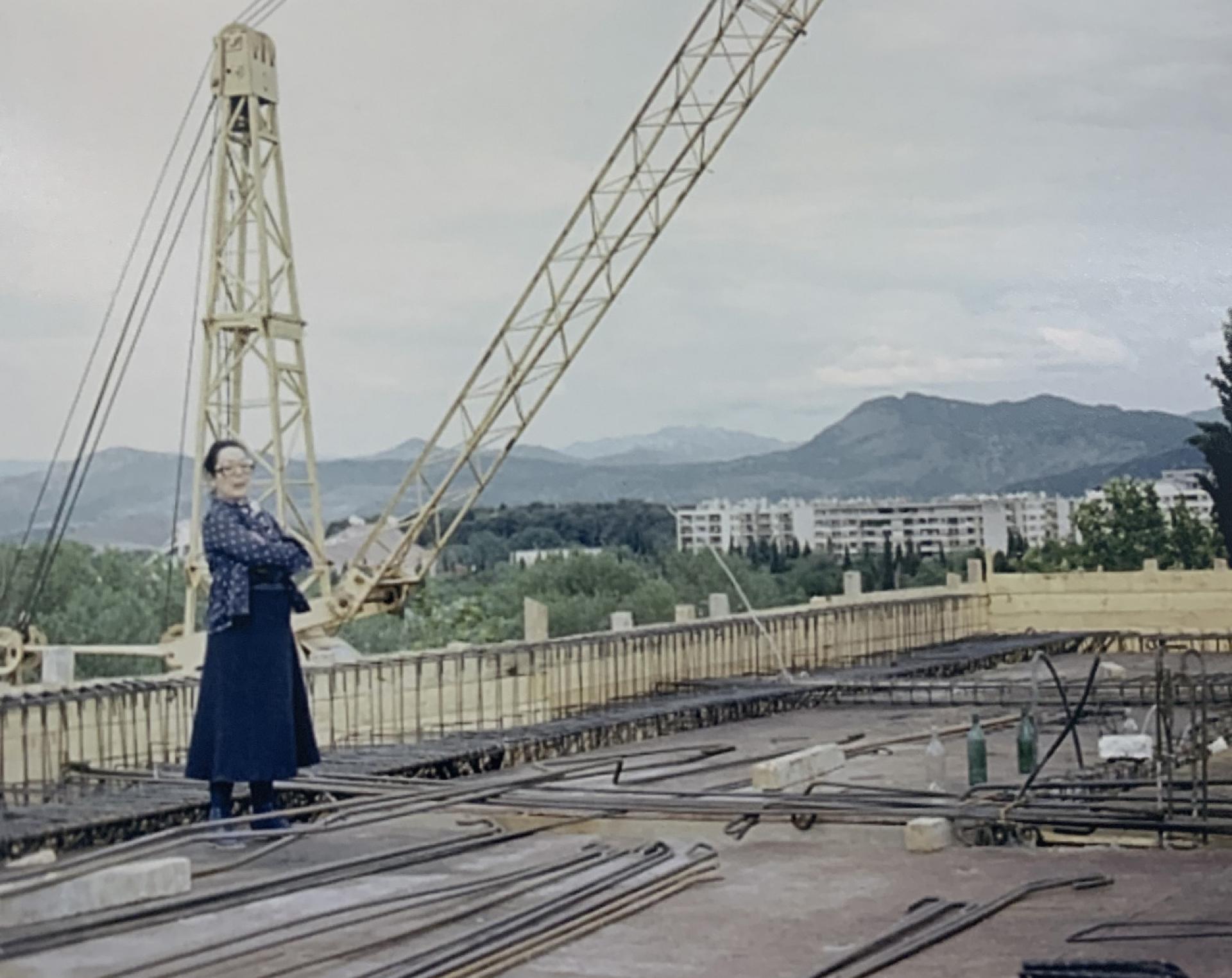
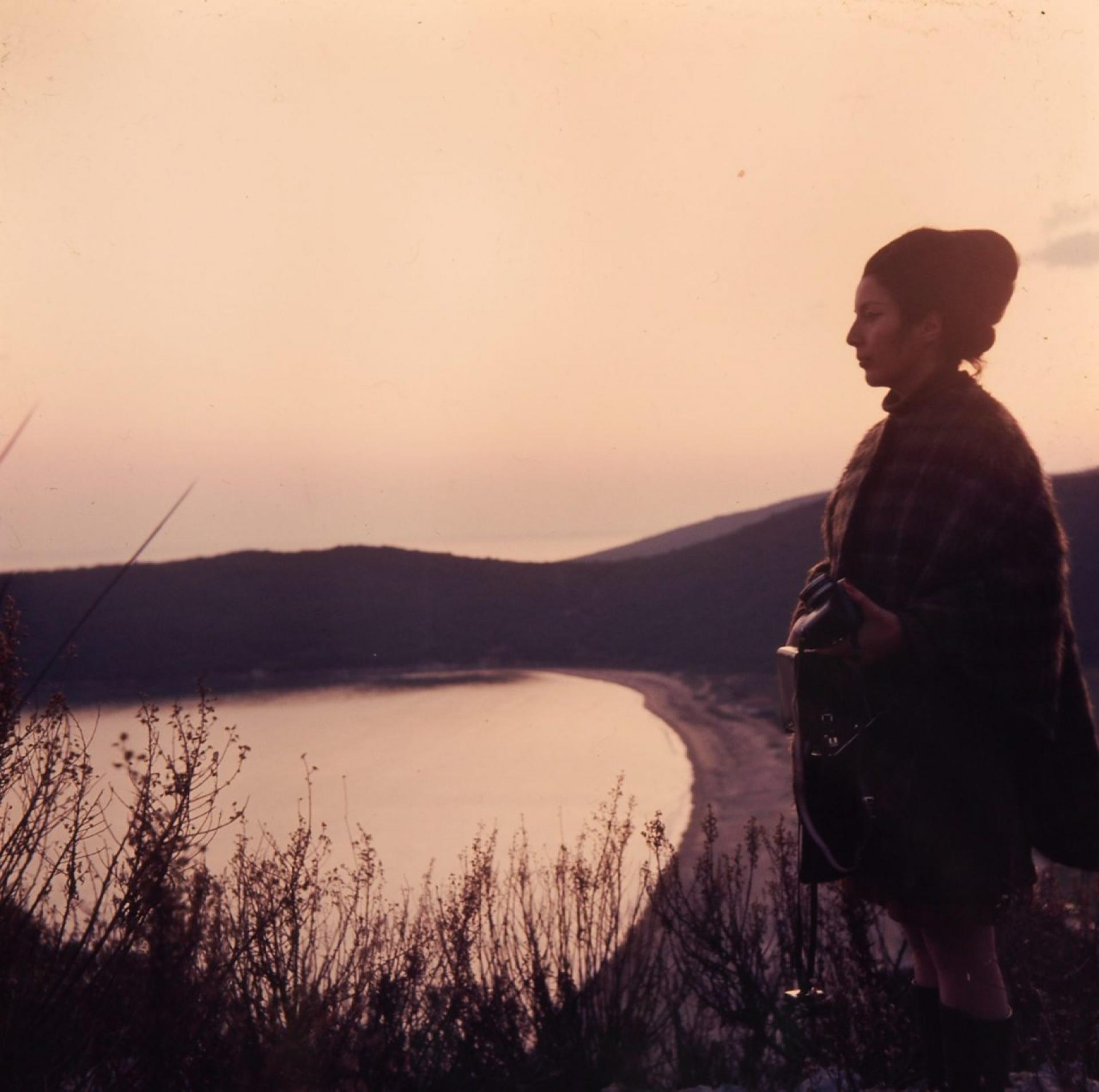


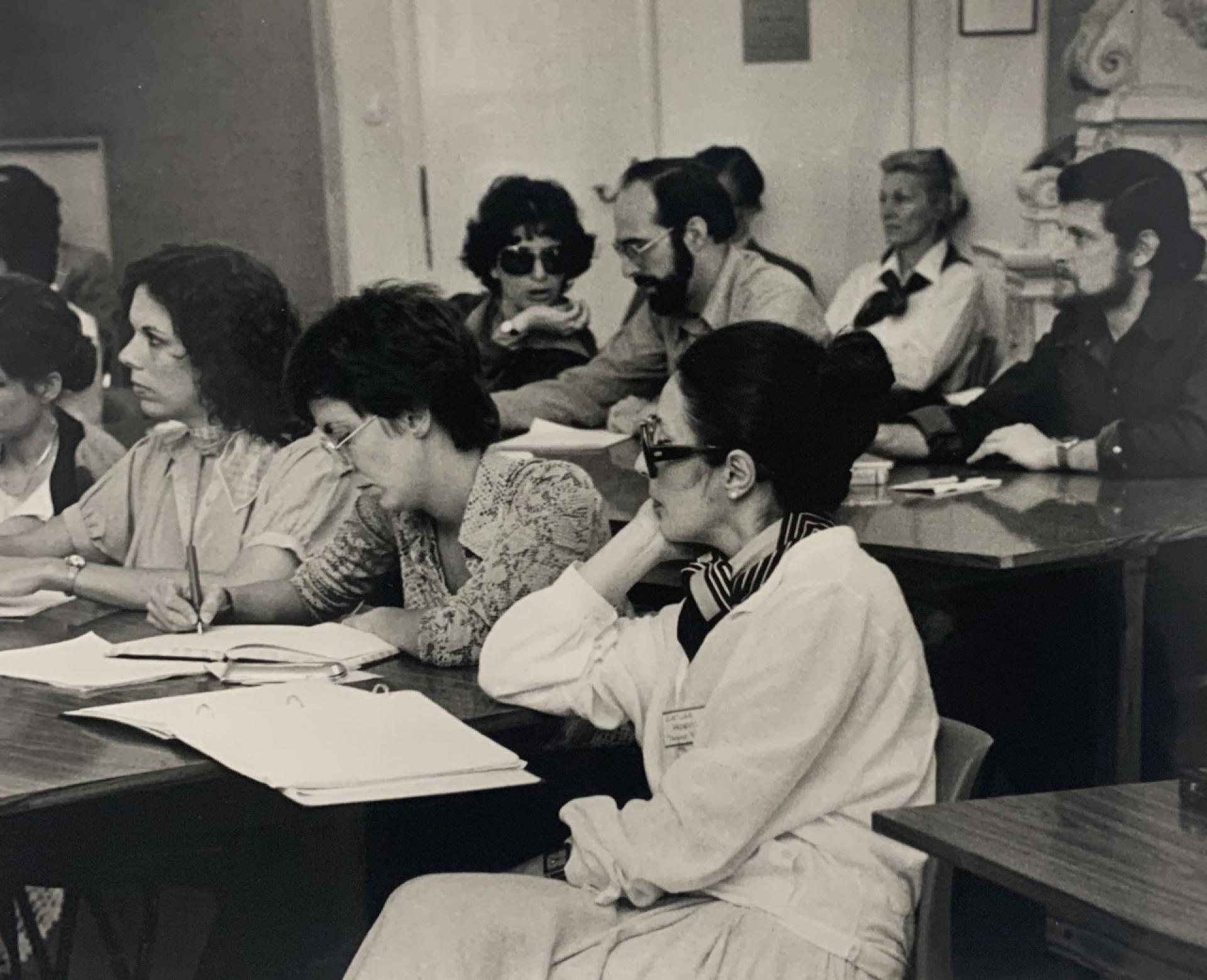
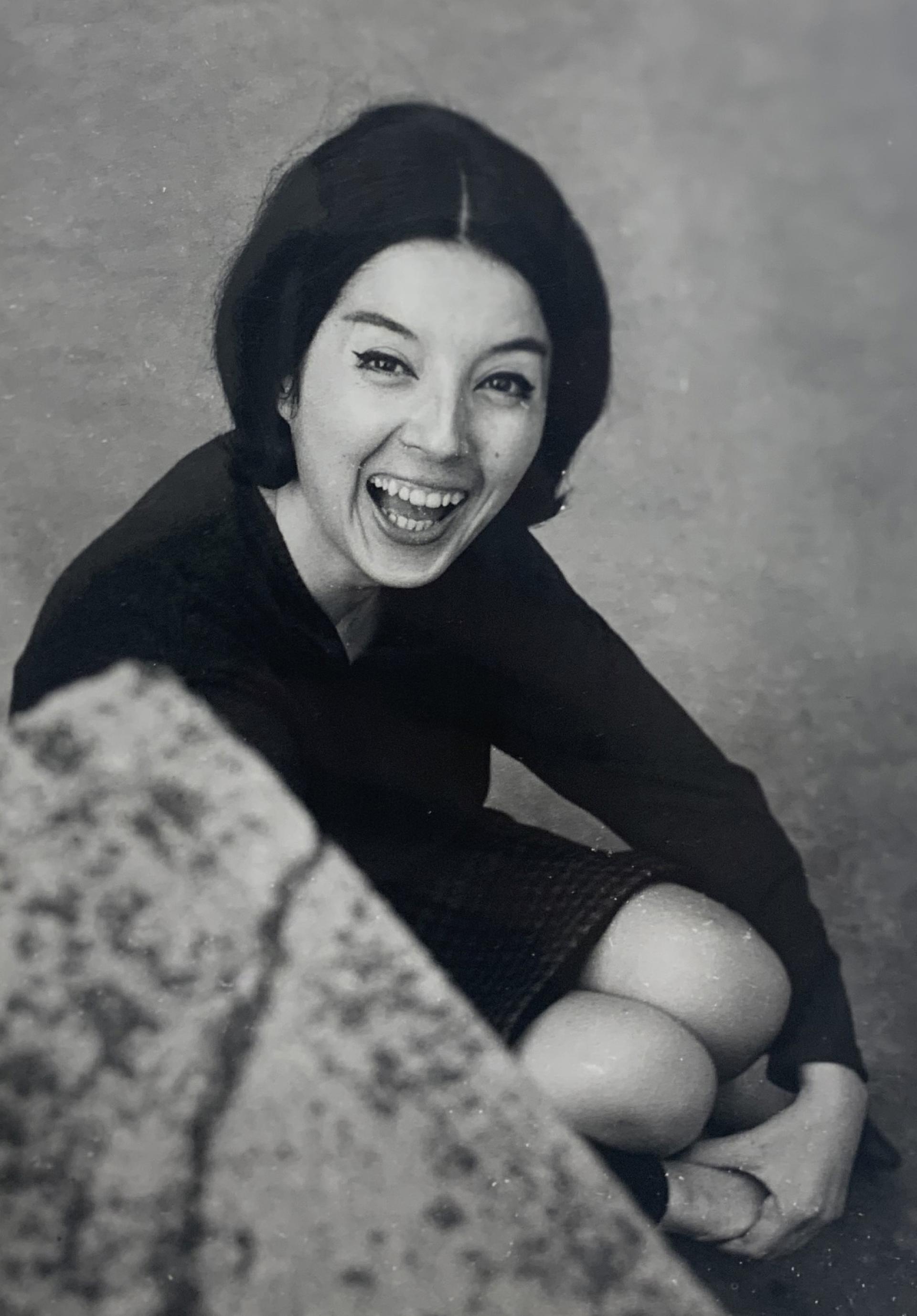
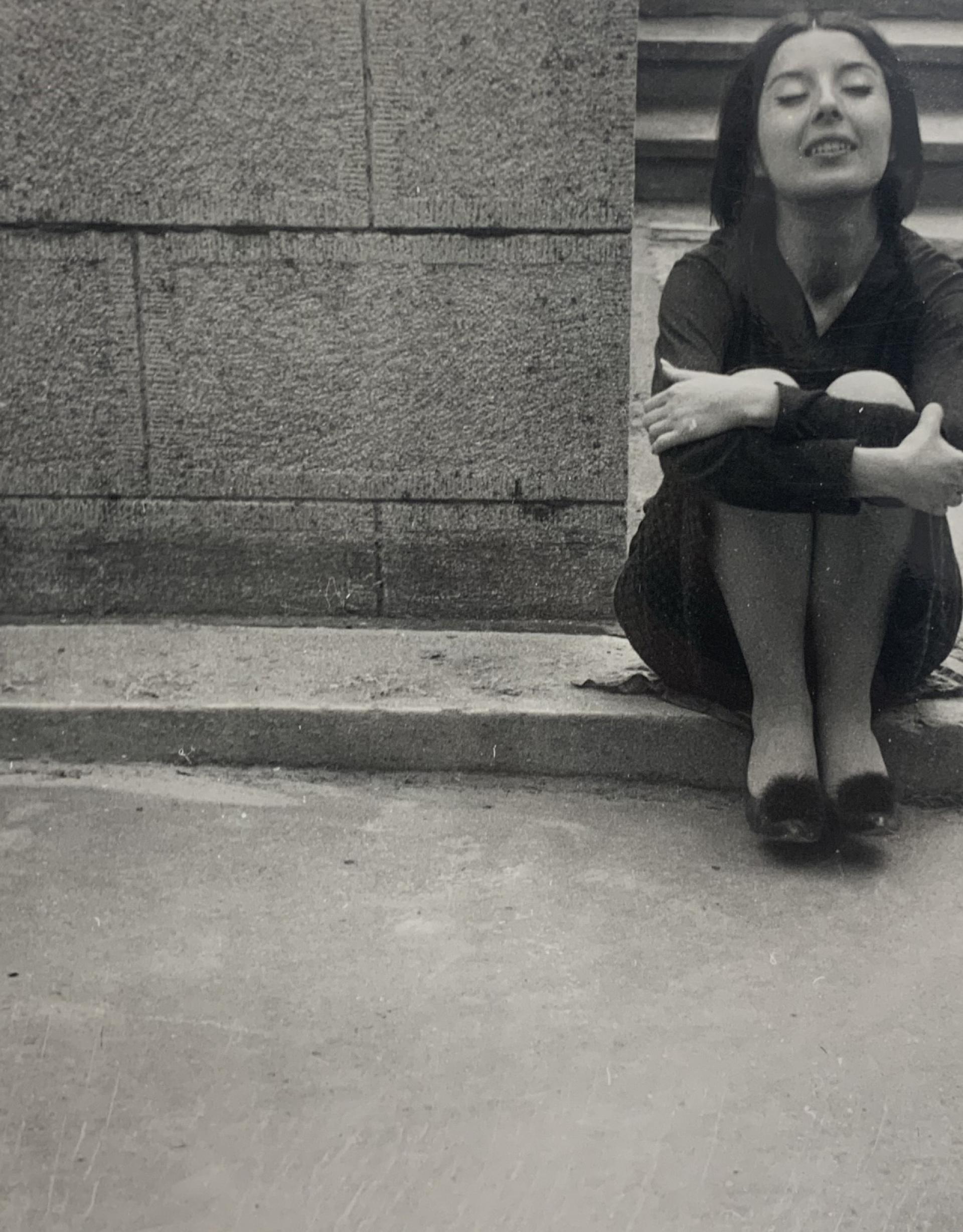
Portrait prints from Radević’s photo archive - shown in the exhibition “Skirting the Center Svetlana Kana Radević, on the Periphery of Postwar Architecture”
“The Gendered Architect - Through hr five-decade career, Radević assembled a photographic dossier with specific emphasis of her own countenance from late adolescence through the 1990s. The trove of portrait photographs - selection from which are shown here - makes palpable the intention with which she construed a pointedly gendering public image, marshalling affectations of femininity to command authority and visibility in a professional context dominated chiefly by men. Examining her self-presentation in architecture’s disciplinary milieu alongside ephemera depicting her figure in personal or domestic realms sheds light on the multivalent nature if her creative practice as an architect, photographer and an activist,” wrote the curators Dijana Vučinić and Anna Kats, who succeed to finally position Svetlana Kana Radević among the most prominent architects in socialist Yugoslavia. Photographs, original drawings, correspondences and other documents stem from her private archive, so far unseen by the public and put at disposal to the exhibition team by Kana’s family. The archival materials reflect her stylistic tendency and her character clearly – merging local materials and international Brutalist tendencies, always with one foot in her hometown of Titograd (today’s Podgorica).
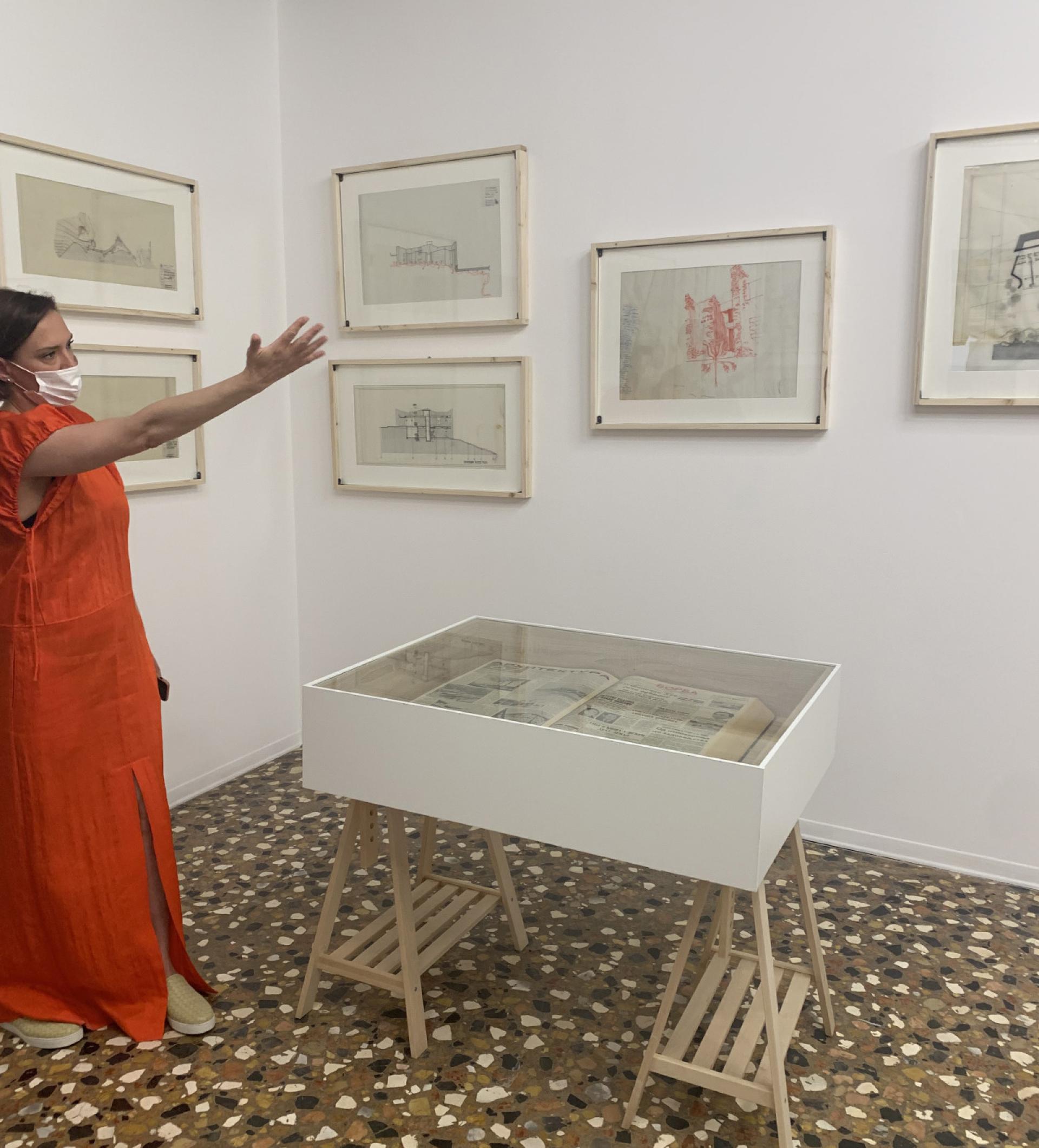
Dijana Vučinić’s presentation at the opening in Venice. | Photo Boštjan Bugarič
Skirting the Center is a highlight in this year’s biennial collateral events because it presents an exceptional and overlooked figure of postwar architecture. The exhibition aims to significantly expand Radević’s representation within the architectural canon by exhibiting the highlights of her built work for the first time the Hotel Podgorica (1964-1967), the most important of Kana’s works, whose design was the winning proposal at the competition. It was also her first important work which placed her at the very top of the architectural scene. The following year it was awarded first the state, and right after the federal Borba award for architecture.
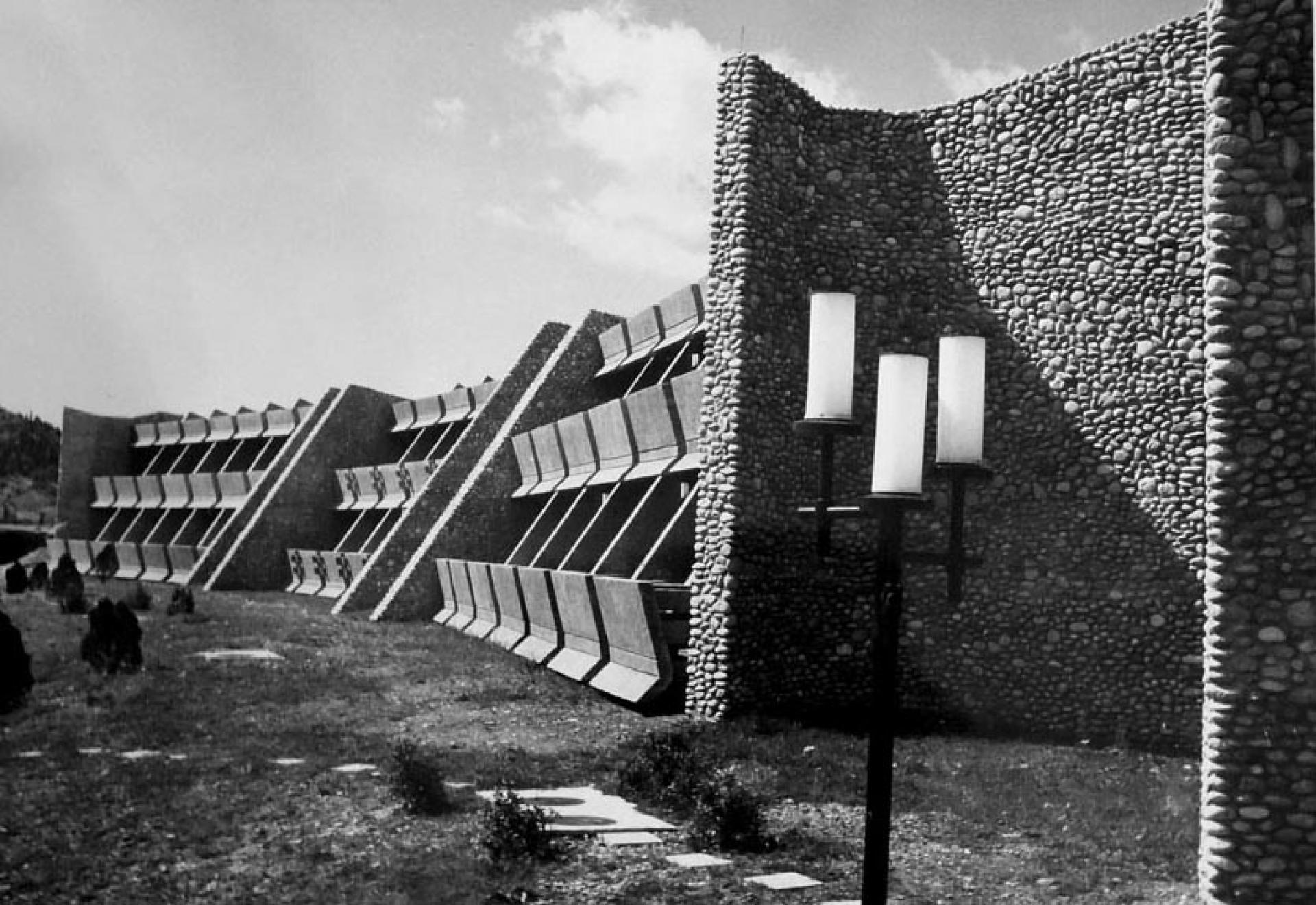
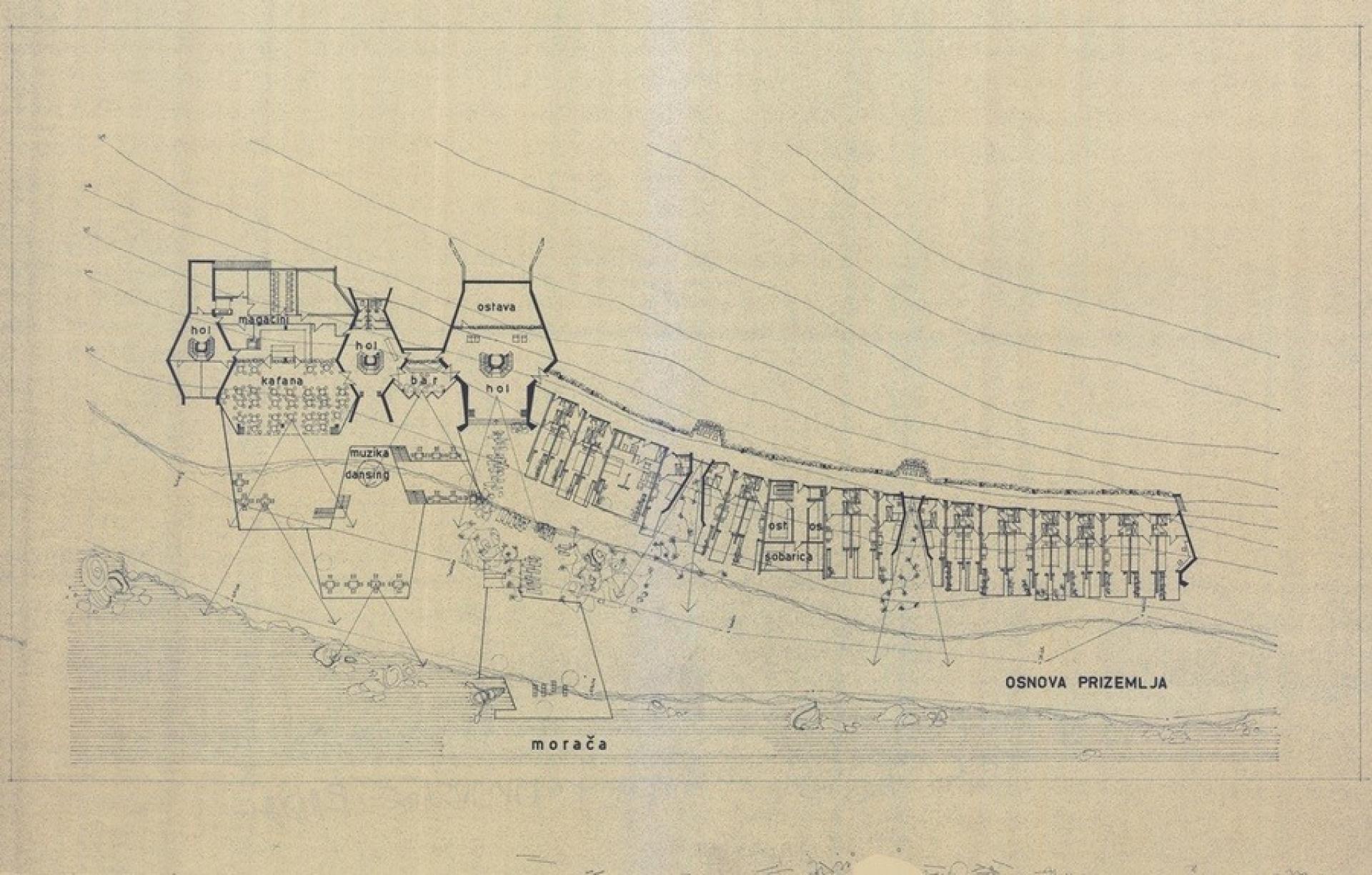
The balconies of Hotel Podgorica faced the river as the building followed its bend. | Photo Personal Archive of Svetlana Kana Radević
Next is the Hotel Zlatibor (1979-1981), which aimed to make the best of socialist lifestyle accessible to both locals and foreign visitors. It is one of the landmarks of the city of Užice in Serbia, named after the nearby mountains, very popular for winter sports. Due to its gray color, the locals derisively called Sivonja (Gray-ner). The Rocket, called by Uzice dwellers, Hotel Zlatibor was completed in 1981 to replace a former, postwar hotel that had been demolished.
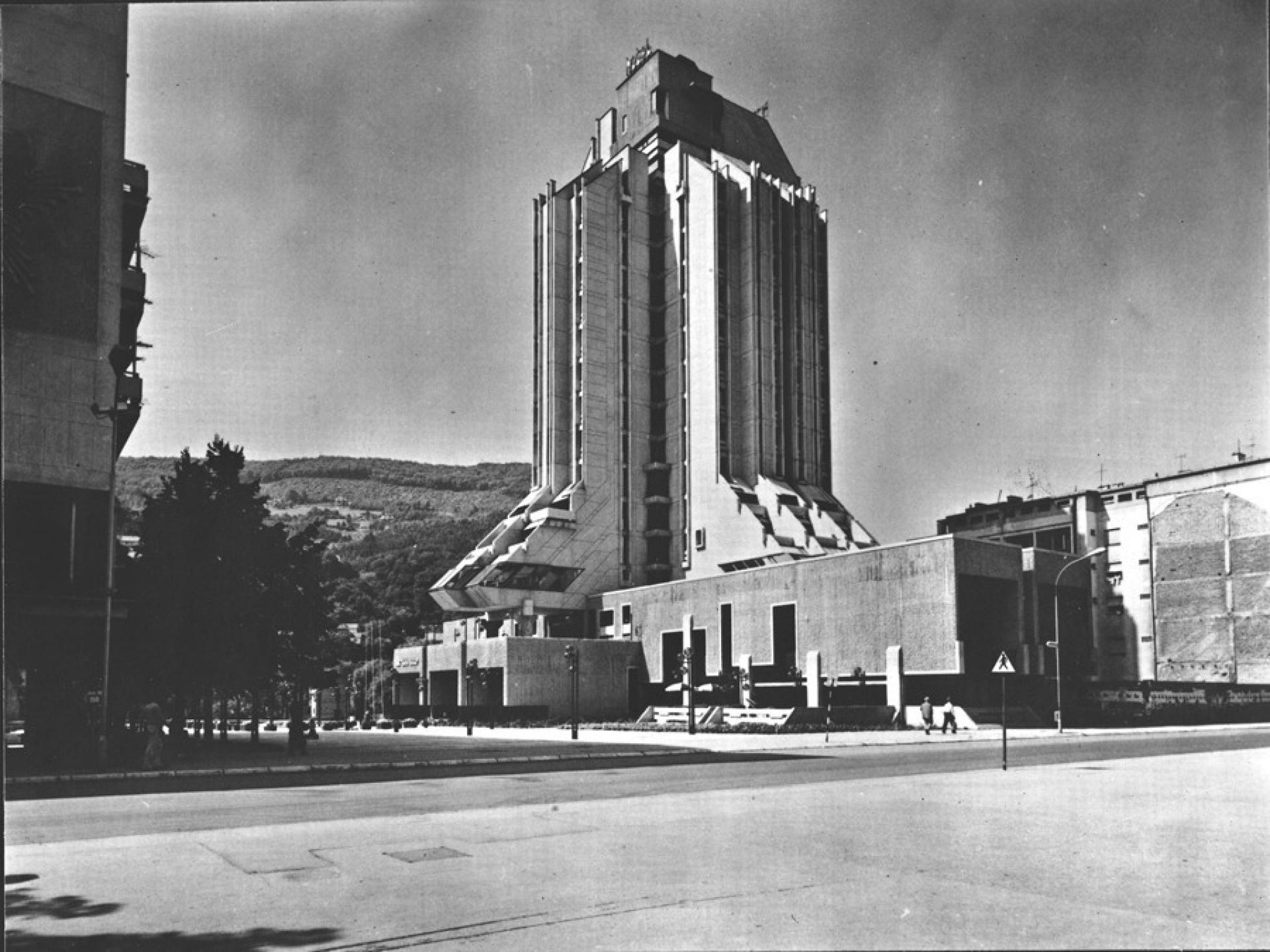
Zlatibor hotel betrays the influence of the Metabolist movement grew out of Japan in the 1960s. Indeed, she worked at the Metabolist Kisho Kurokawa’s office for a period. | Photo Svetlana Kana Radević Legacy Collection, Faculty of Architecture, University of Podgorica
Another great architecture is the Monument to Fallen Fighters at Barutana (1980), a sculptural memorial landscape that commemorates local anti-fascist fighters. The monument is dedicated to the warriors fallen in the liberation wars, starting from the First Balkan war to the Second world war. Grouping different motives - a vertical dominant, a radial sequence of elements, separate groups - she managed to create a unique and moved memorial center. Kana said “One of the most difficult design tasks is the monument because it belongs to the domain of non programmatic architecture. The monument is a fixation of certain act for future generations. But this fixation doesn’t mean oblivion. That’s why the monument must be introduced into the cycle of life. I am not for a monument that is experienced in one moment of intense emotions, in pain, in suffering, but rather for a continued experience, for the liberation of the sanctity and dignity, for the feeling that life triumphs over death."
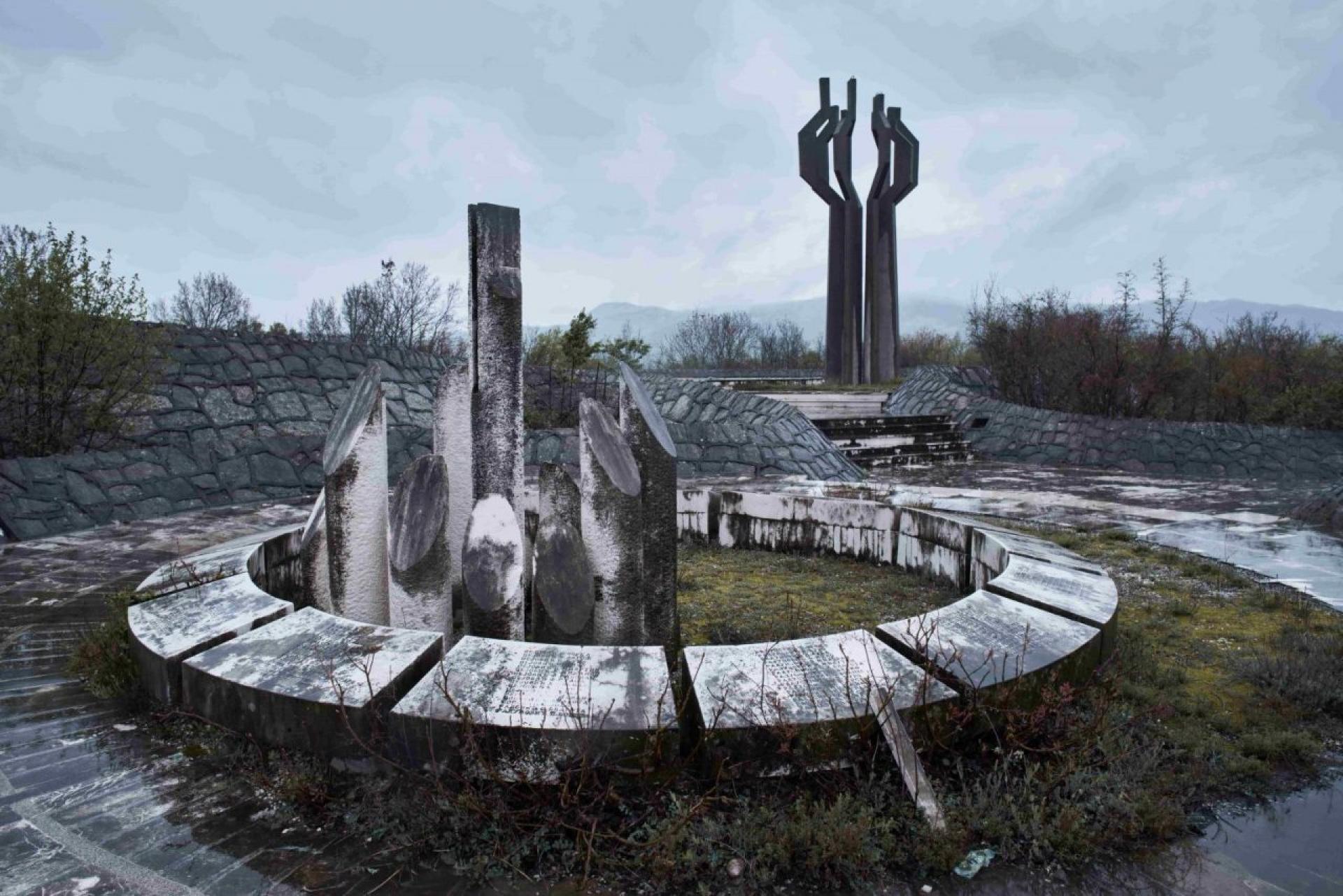
Barutana | Photo © Luka Bošković
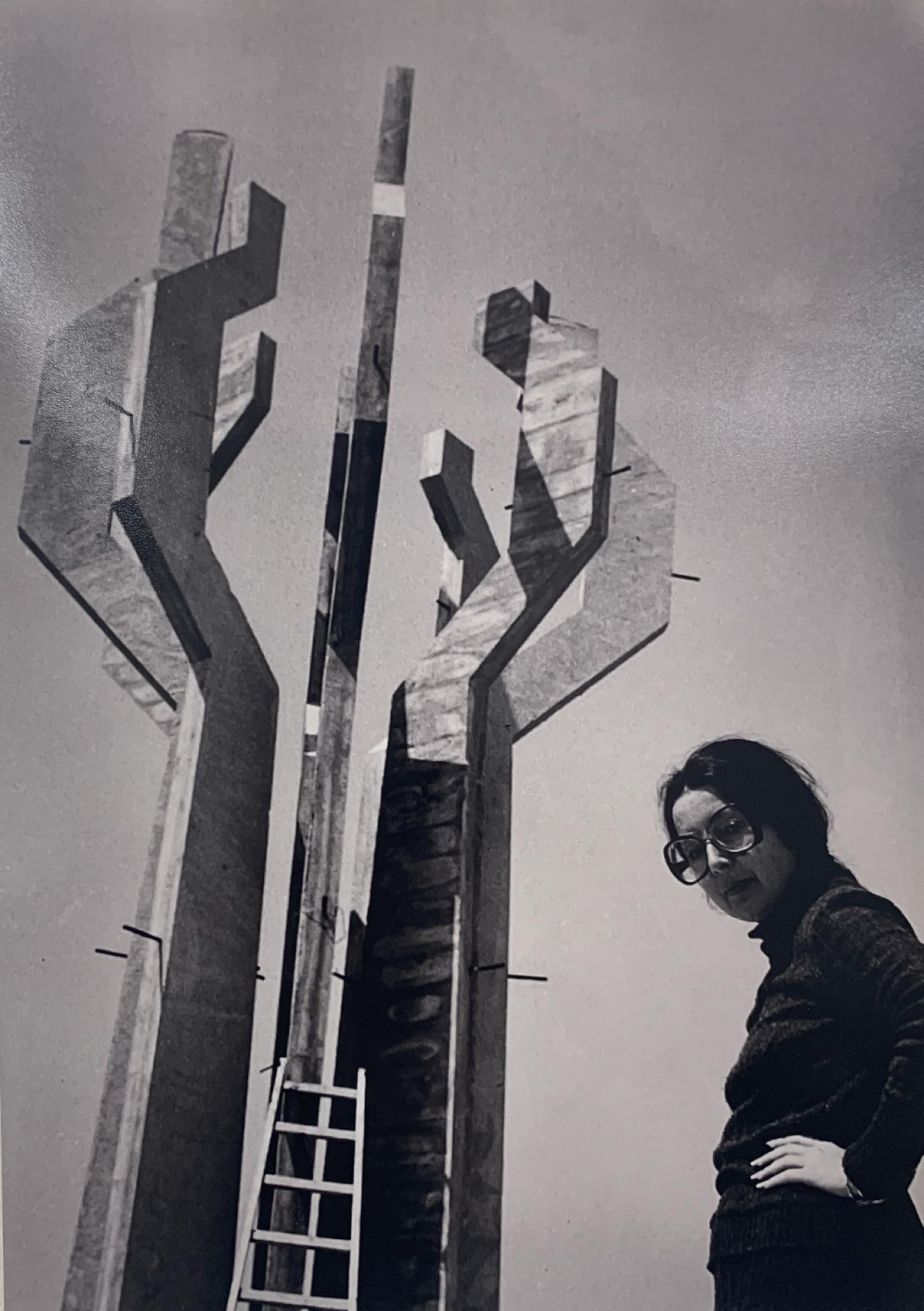
Kana in front of her monument in Barutana. | Portrait prints from Radević’s photo archive - shown in the exhibition “Skirting the Center Svetlana Kana Radević, on the Periphery of Postwar Architecture”
Skirting the Center - Svetlana Kana Radevic on the Periphery of Postwar Architecture
a collateral event at the XVII Biennale Architettura is organised by the APSS Institute, Strategist, with the support of the Capital City of Podgorica and under the patronage of the President of Montenegro; curated by Dijana Vučinić, Anna Kats.